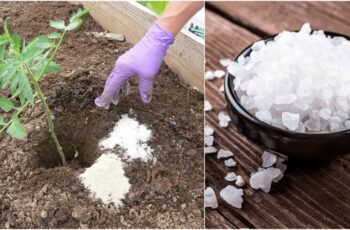Ad Blocker Detected
Our website is made possible by displaying online advertisements to our visitors. Please consider supporting us by disabling your ad blocker.
Before storing, ensure that all seeds are completely dry. It is recommended to store them in a paper envelope or paper bag, as this allows for proper aeration and prevents moisture buildup. However, if the seeds are thoroughly dried, you can also use a Mason jar or a plastic ziplock bag. Nonetheless, paper envelopes are ideal and commonly used for store-bought seeds. You can find small envelopes specifically designed for seed storage.
When storing seeds, choose a cool, dry location away from direct sunlight. Most seeds will remain viable for up to four years after being saved. Some may last even longer. However, it’s important to note that germination rates tend to decrease with each passing year, so it is advisable to prioritize using newer seeds.
Lastly, always label your seeds. While you may believe you will remember the specifics, especially when dealing with seeds from the same plant species but different varieties, it’s easy to mix them up. Labeling helps avoid confusion and ensures accurate identification in the future.
To summarize…
- Save seeds only from open-pollinated and/or heirloom plants.
- Opt for self-pollinating plants if you prefer simplicity or are a beginner in seed saving.
- Select seeds from your healthiest, most robust, and highest-yielding plants.
- Allow fruits to fully ripen before saving seeds, ensuring they have ample time to mature.
- Thoroughly air dry the seeds before storage, protecting them from direct sunlight and high temperatures.
- Store seeds in a cool, dark, and dry place, preferably using a paper envelope or bag to promote airflow and prevent mold.

